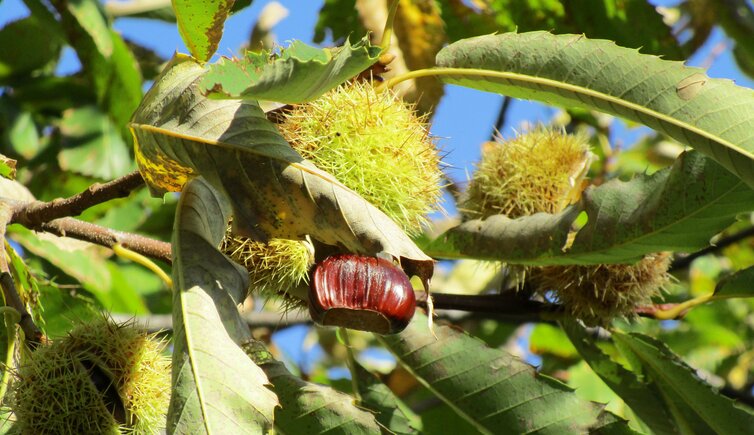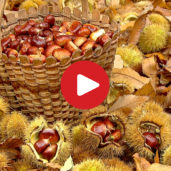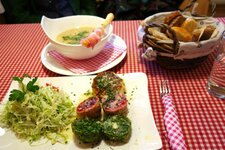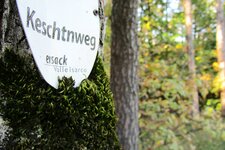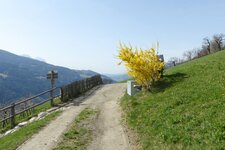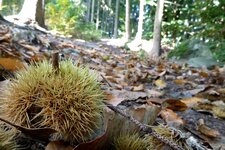The sweet fruit was once considered worthless: Today, it is a nutritious and healthy component of some meals in autumn
Today, the sweet chestnut is experiencing a revival and in autumn, when it is ripe, it is often integrated in meals. There are many varieties, only some are actually used as food. The nutty fruits, called Castanea sativa in Latin, are rich in starch. Due to their high saturation value, they were the food of many people in the 19th century. Its nutritional value, healthy ingredients (e.g. essential amino acids, vitamins B1 and B2, etc.) and the wood of the trees are increasingly gaining recognition. Its tree belongs to the beech family and can reach an age of 600 years.
The chestnut blight, a devastating disease, caused a rapid, widespread die-off of the trees in the 20th century. In the meantime, the plant has recovered and is experiencing a great boom. The sweet chestnut is wrapped in a fruit cup called Cupula. It has green spines that turn brown at the time of ripening. The fruits themselves are brown and flattened on one side. When ripe, the fruit cup opens four flaps and two to four chestnuts drop down.
Today, sweet chestnut rice, bread with sweet chestnut flour as an ingredient or the famous sweet chestnut hearts - a mixture of chocolate, cream and chestnut purée - belong to autumn like the grape harvest and the colourful forest. At the Toerggelen, the sweet chestnuts are roasted and served with butter and a glass of the new grape must after a hearty meal.
